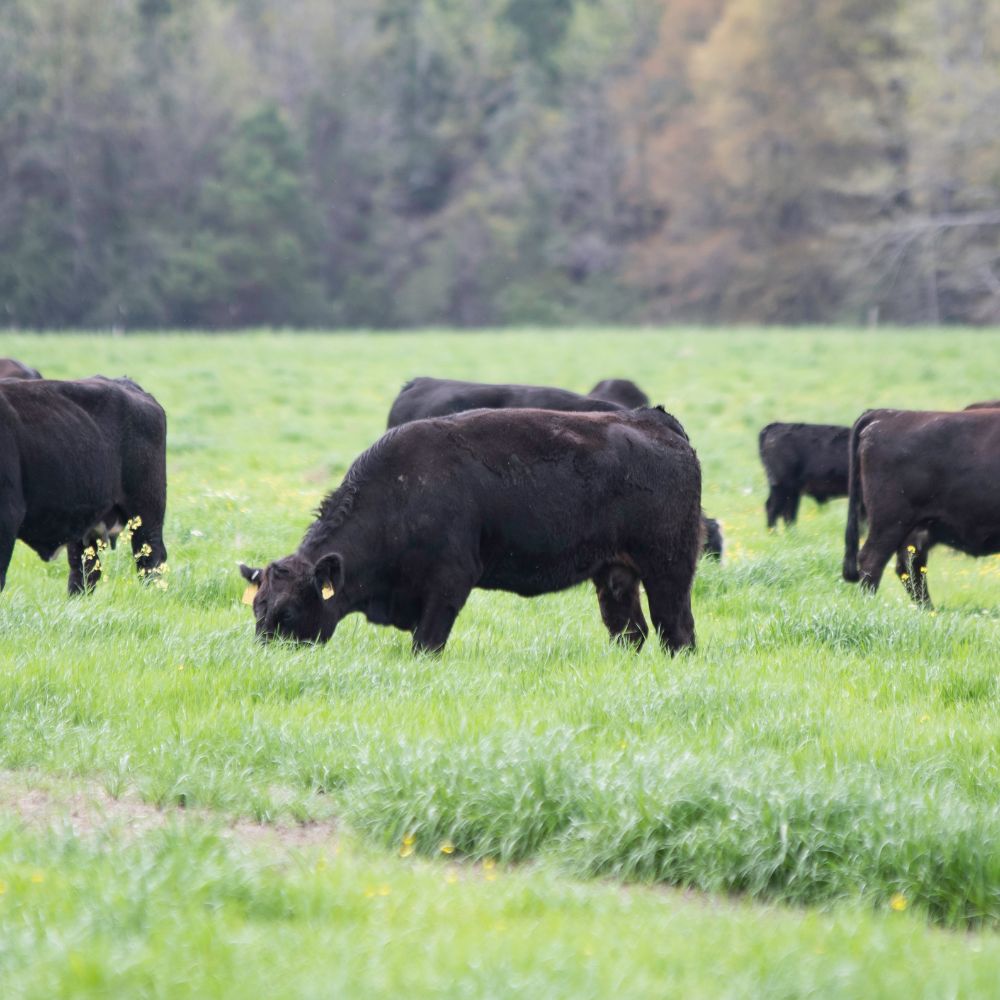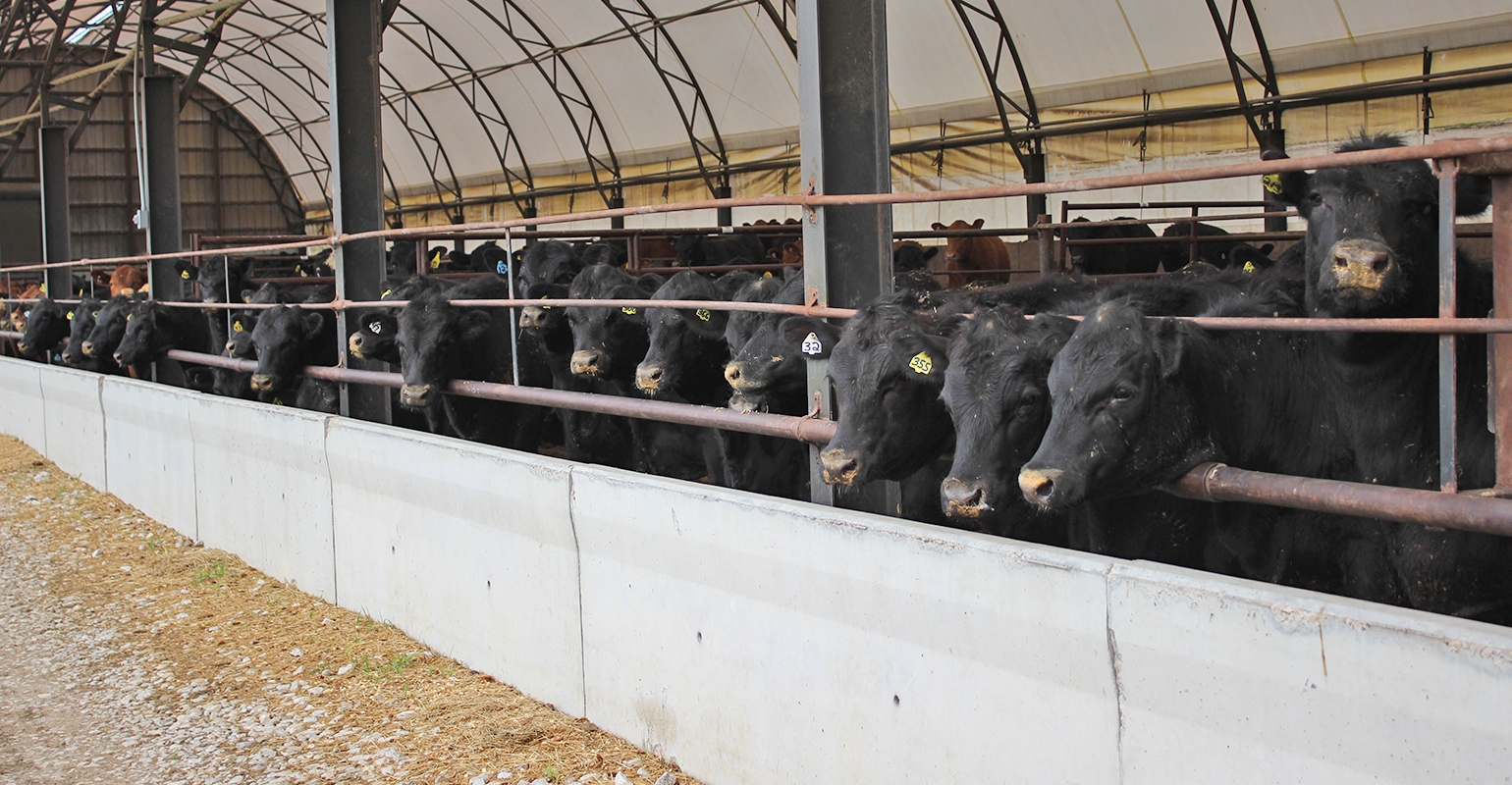Secret Aspects to Consider When Picking Livestock Threat Protection (LRP) Insurance Policy
When reviewing choices for Animals Danger Protection (LRP) insurance policy, a number of key variables necessitate cautious consideration to guarantee efficient risk management in the farming market. Picking the ideal protection alternatives customized to your particular animals procedure is paramount, as is understanding just how superior costs correlate with the degree of security supplied. Furthermore, the qualification standards for different kinds of animals and the flexibility of the policy to adapt to changing situations are crucial components to consider. Moreover, the effectiveness and transparency of the cases procedure can considerably impact the overall experience and financial outcomes for animals producers. By tactically navigating these crucial factors, manufacturers can safeguard their investments and mitigate possible risks efficiently.
Protection Options
When taking into consideration Animals Risk Security (LRP) insurance coverage, it is vital to recognize the numerous insurance coverage options readily available to alleviate risks in the agricultural industry. Animals Threat Defense (LRP) insurance coverage offers various insurance coverage options customized to meet the diverse requirements of animals manufacturers. Bagley Risk Management. One of the main coverage alternatives is rate protection, which safeguards against a decline in market prices. Manufacturers can pick the coverage level that lines up with their rate danger management objectives, enabling them to guard their procedures against possible economic losses.
An additional essential protection alternative is the recommendation period, which determines the size of time the protection holds. Manufacturers can select the recommendation period that best suits their production cycle and market conditions. Additionally, insurance coverage levels and rates vary based upon the kind of animals being insured, offering producers the flexibility to customize their insurance policy plans according to their certain requirements.
Recognizing the different insurance coverage options available under Livestock Threat Protection (LRP) insurance is critical for producers to make enlightened decisions that successfully protect their livestock procedures from market uncertainties.
Premium Expenses

Livestock Threat Defense (LRP) insurance provides vital coverage choices customized to minimize threats in the farming sector, with a substantial facet to consider being the estimation and framework of premium expenses. These consist of the type and number of animals being guaranteed, the coverage level picked, the current market prices, historic rate information, and the size of the insurance coverage period.
Insurance companies analyze historic information on livestock costs and manufacturing costs to identify a suitable costs that reflects the degree of threat entailed. It is essential for livestock producers to meticulously evaluate premium costs and coverage options to ensure they are adequately shielded versus potential monetary losses due to damaging market conditions or unforeseen events.
Eligible Livestock
The decision of eligible livestock for Animals Danger Protection (LRP) insurance coverage includes cautious consideration of specific standards and attributes. Livestock kinds that are typically eligible for LRP insurance include feeder cattle, fed livestock, lambs, and swine. These animals should fulfill certain certifications associated with my review here weight arrays, age, and intended usage. Furthermore, the qualification of livestock might vary based upon the certain insurance coverage supplier and the regards to the plan.
Feeder livestock, for example, are frequently eligible for LRP insurance coverage if they fall within defined weight arrays. Lambs are one more group of animals that can be taken into consideration for LRP insurance coverage, with variables such as weight and age playing an essential function in determining go their eligibility.
Before selecting LRP insurance for livestock, manufacturers must very carefully evaluate the eligibility criteria described by the insurance coverage company to ensure their pets satisfy the necessary requirements for insurance coverage.
Policy Adaptability
Plan adaptability in Animals Danger Security (LRP) insurance enables manufacturers to tailor insurance coverage to fit their specific requirements and risk administration approaches. This flexibility encourages livestock producers to personalize their insurance policies based on variables such as the type of livestock they possess, market conditions, and individual risk resistance levels. By providing adjustable options, LRP insurance coverage allows producers to successfully handle their danger direct exposure while safeguarding their animals operations versus unforeseen market volatility.
Cases Refine
Upon experiencing a loss or damage, manufacturers can launch the insurance claims process for their Animals Risk Protection (LRP) insurance policy by promptly calling their insurance coverage service provider. It is important for producers to report the loss immediately to expedite the insurance claims process. When getting to out to the insurance coverage service provider, manufacturers will need to provide thorough info about the occurrence, including the date, nature of the loss, and any kind of relevant documents such as vet documents or market value.

After the evaluation is total, the insurance policy provider will decide regarding the claim and connect the result to the producer. The producer will receive payment according to the terms of their Livestock Risk Protection (LRP) insurance coverage policy if the insurance claim is accepted. It is crucial for producers to be familiar with the cases process to ensure a smooth experience in case of a loss

Conclusion
In final thought, when choosing Animals Danger Defense (LRP) insurance coverage, it is necessary to take into consideration protection alternatives, premium costs, qualified animals, plan versatility, and the insurance claims process. These vital factors will help make sure that herdsmans and farmers are appropriately secured against potential dangers and losses associated with their animals procedures. Making an educated choice based on these factors to consider can inevitably bring about better monetary protection and comfort for livestock producers.
Livestock Risk Protection (LRP) insurance coverage provides various insurance coverage alternatives customized to fulfill the varied needs of livestock producers.The decision of qualified animals for Livestock Danger Defense (LRP) insurance policy coverage involves careful factor to consider of specific standards and characteristics.Policy adaptability in Livestock Danger Security (LRP) insurance enables manufacturers to tailor insurance coverage to suit their specific demands and risk monitoring strategies.Upon experiencing a loss or damage, manufacturers can initiate the cases procedure for their Livestock Danger Security (LRP) insurance policy by promptly calling their insurance copyright.In verdict, when picking Livestock Risk Protection (LRP) insurance, it is essential to think about protection options, premium costs, qualified animals, plan versatility, and the claims process.